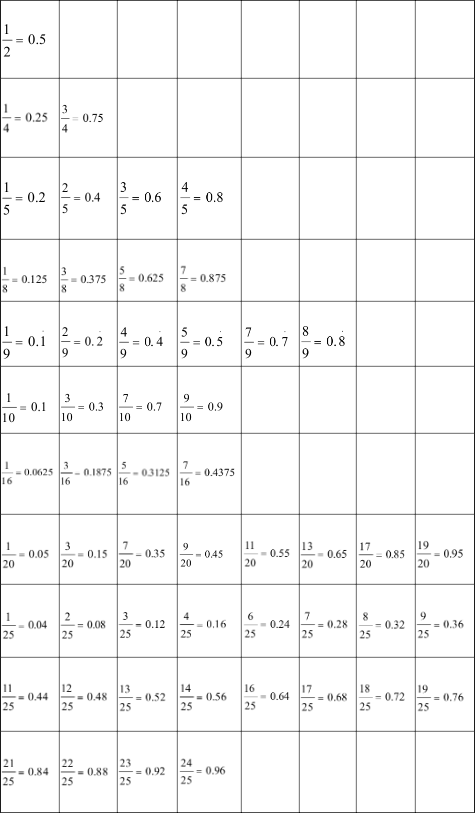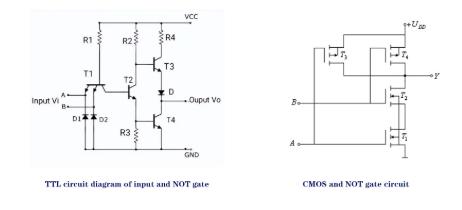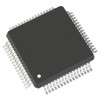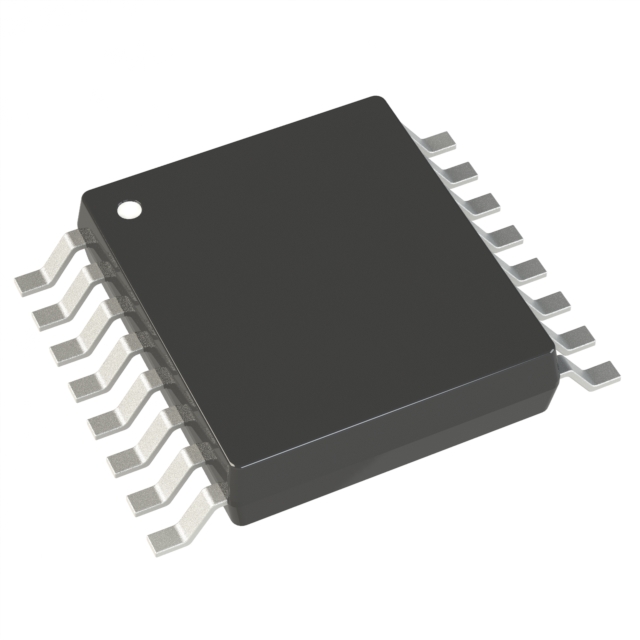| There are two common methods to convert a fraction into a decimal: division method and decimal point method |
| Methods for converting decimals into fractions |
- Original content, please do not reprint.
Fractionalization of decimals refers to the operation of converting fractions into decimals through certain rules. There are usually
three scenarios: the first scenario is converting fractions into finite decimals, the second is converting fractions into simple repeating
decimals, and the third is converting fractions into mixed repeating decimals.

There are two common methods to convert a fraction into a decimal: division method and decimal point method
1. Division
Divide the numerator by the denominator, and the quotient is the desired decimal.
For example, convert the fraction 2 / 5 to a decimal: 2 ÷ 5 = 0.4.
2. Decimal method
The decimal point method of converting a fraction to a decimal requires that the number of places in the numerator should not exceed the number of places
in the denominator.
For example, converting the fraction 3 / 4 to a decimal: 3 rounded two places becomes 3.00, then 3 ÷ 4 = 0.75.
Methods for converting decimals into fractions
There are several ways to convert a decimal into a fraction:
1、Direct reading
For finite decimals, the number after the decimal point is the numerator and the denominator is a power of 10 (how many places after the decimal point)
The position is a power of 10).
For example, converting the decimal 0.5 to a fraction: the numerator is 5, and the denominator is a power of 10, which is 5/10
It is about 1/2.
2、Displacement method
For finite decimals, the shift method requires that the number after the decimal point be moved to the integer place.
For example, convert the decimal 0.125 to a fraction: Move the decimal point three places to the right, making it an integer of 125, with a denominator of 10
Three powers, or 125 / 1000, can be reduced to 1 / 8.
3、Method of converting infinite non-terminating decimals into fractions
For infinite non-terminating decimals, the sum method or algebraic method can be used to convert them into fractions.
For example, convert the infinite non-repeating decimal 0.333... to a fraction: Let this infinite non-repeating decimal be x, then we have:
10x = 3.333... subtracting the two equations yields: 9x = 3 and solving yields: x = 1/3.










